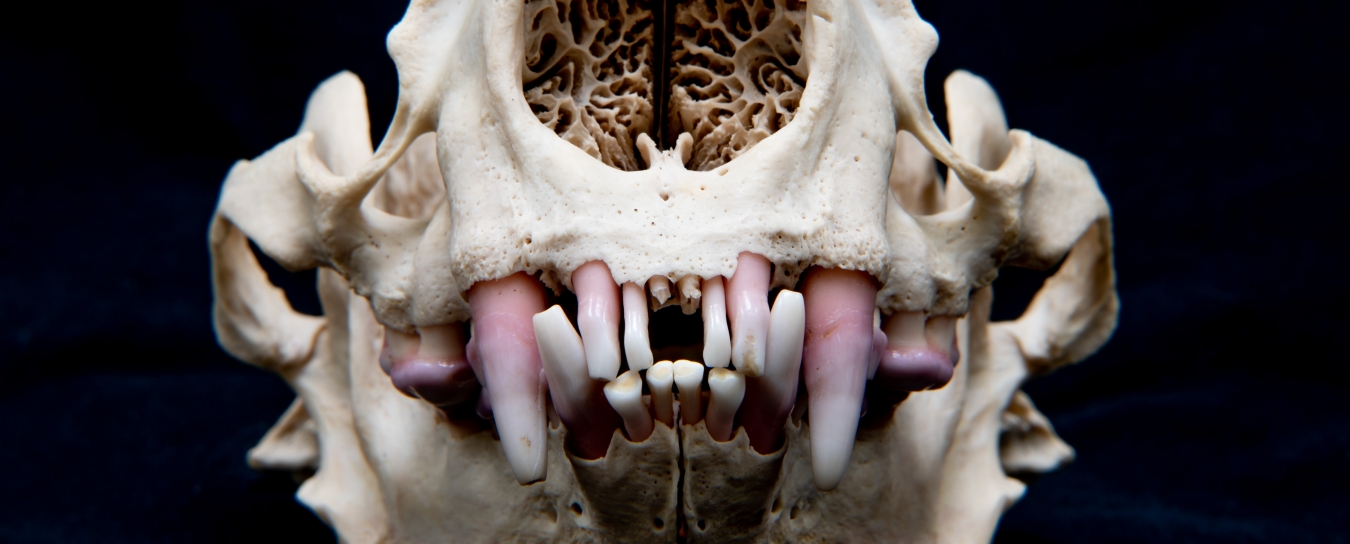
Vertebrates
Browse our Q&A about birds, eggs, nests, amphibians, reptiles, and mammals of the Central Coast and Channel Islands.
- Anthropology
- Rocks & Fossils
- Invertebrates
- Vertebrates
- Botany
- Astronomy
- Fungi
- General
- Recently Asked
Origin of local Parrot Flock
Hi,
Thsi question is for both your Ornithology and Chumash Artifacts curators.
There is a well documented flock of local parrots that have roosted in Montecito for many decades. You may be familiar with them. They have recently been wiped out by the debris flow and only 2 males (one sterile hybrid) remain. There may be efforts underway to restore the flock. Their origin is disputed but there is a suggestion that they are a displaced natural population of Lilac-Crowned Parrots that are endemic to the Paciifc slopes of Mexico as far north as the Sea of Cortez, So it is possible that they have always been here, rather than escaped pets.
I am considering reaching out to the landowner of their roost to set up a local foundation for their restoration, and wondered if there is any evidence of their historical presence, or if there are any Chumash artifacts containing colorful parrot feathers of known, or unknown, origins that may be from Amazona finschi.
There is a community discussion about them on Nextdoor:
https://nextdoor.com/p/CxsY267np2TJ?view=detail
And some histroical information by the landowner:
https://santabarbarabirdfarm.com/Wild%20Parrots/wildparrots.html
Thank you for your consideration,
Christopher

Curator Response
Hi Christopher,
Thank you for thinking of us as you research the history of our local parrots. We are not aware of any paleontological evidence for prehistoric parrots here, and we have not encountered any record of parrots in the Chumash languages or material culture.
You may find the California Parrot Project to be an interesting resource on this general topic. This project is headed by Kimball Garrett, a respected ornithologist at the Natural History Museum of Los Angeles County. The FAQ page makes it clear that parrots have not occurred naturally in California (although naturally that doesn’t stop Kimball and others from wanting to learn about these introduced populations).
Ecologically, we would not lament the loss of these introduced parrots in Montecito. Although parrots are beautiful and fascinating, we think the naturally occurring resident and migratory birds in our region are beautiful and fascinating in their own right, with a much longer history of contributing ecologically to the region. Sadly, Lilac-crowned Parrots are in trouble in their home range due to habitat loss. If you want to help this species, perhaps the best thing you could do would be to get involved in the efforts to protect the unique habitat to which they are most suited by preventing deforestation.
Stay curious,
Curator of Vertebrate Zoology Krista Fahy, Ph.D., and Curator of Anthropology John R. Johnson, Ph.D.


